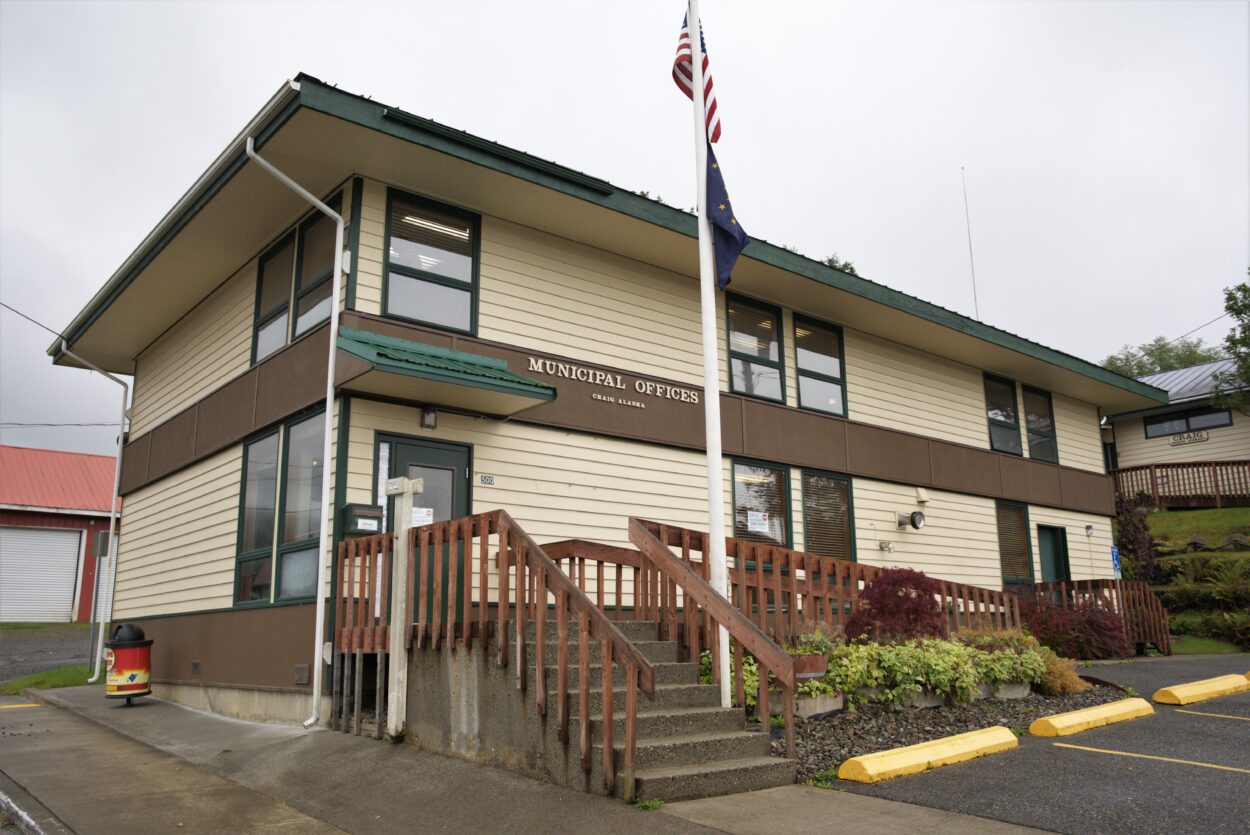
The Craig City School District on Prince of Wales Island is facing an over $1 million budget shortfall for next school year. So, the City of Craig, the largest town on the island, is considering a hike to their sales tax rate. Residents and the City Council are just trying to figure out by how much.
School districts across Alaska are grappling with budget deficits from rising operational costs and state flat-funding. According to Brian Templin, Craig’s city administrator, it has left the local city council to figure out how far they are willing to dip into their reserves.
Gov. Mike Dunleavy vetoed a bipartisan education bill in March that would have significantly raised public schools funds. Templin said that is partly to blame for the deficit, in addition to it just getting more expensive to run their schools.
“So the City Council recently talked about the issue and from some other funding that we had available, it looked like we were about just under a million dollars short of having revenue to fill the gap for the school district,” Templin said.
In all, Templin said the school district itself is short about $1.2 million. Templin said, subsequently, $1.2 million in city revenue would be just enough to keep the school district above water and limit the need for the city to pull from its cash reserves.
So, the council needs a fast and efficient way to increase their revenue enough to fill that gap. Templin said that, for Craig, raising the sales tax rate seemed to be the most logical solution.
“So the first question is whether or not folks would prefer to see that flat tax increase year round, or whether or not the residents would rather see a seasonal sales tax split,” Templin said.
In other words, one idea was to raise the sales tax across the board. Craig currently has a flat 5% sales tax. By the city’s calculations, they could raise that to about 7.5% to meet their goals. Or, Craig could employ a seasonal split rate – to ease the burden on year-round residents. Templin estimated that could look something like 6% through the winter and 8.5% during the summer months. City staff sent out a survey to gauge public input on just how to rollout the increase.
“The common understanding is that if the public does not want to see very much of an increase or doesn’t want to see any increase, then at the same time, they’re making a decision that that’s the level that they want to fund the school district next year,” Templin explained.
Depending on the results of the city’s survey, Templin said the final form of the increase proposal will be on a ballot before the city council in October.





